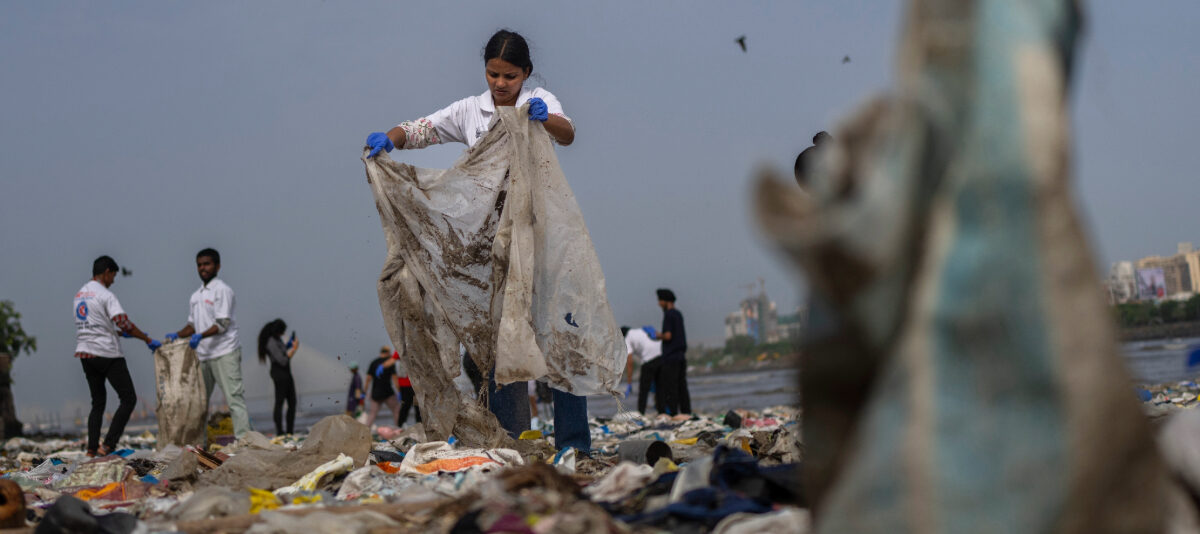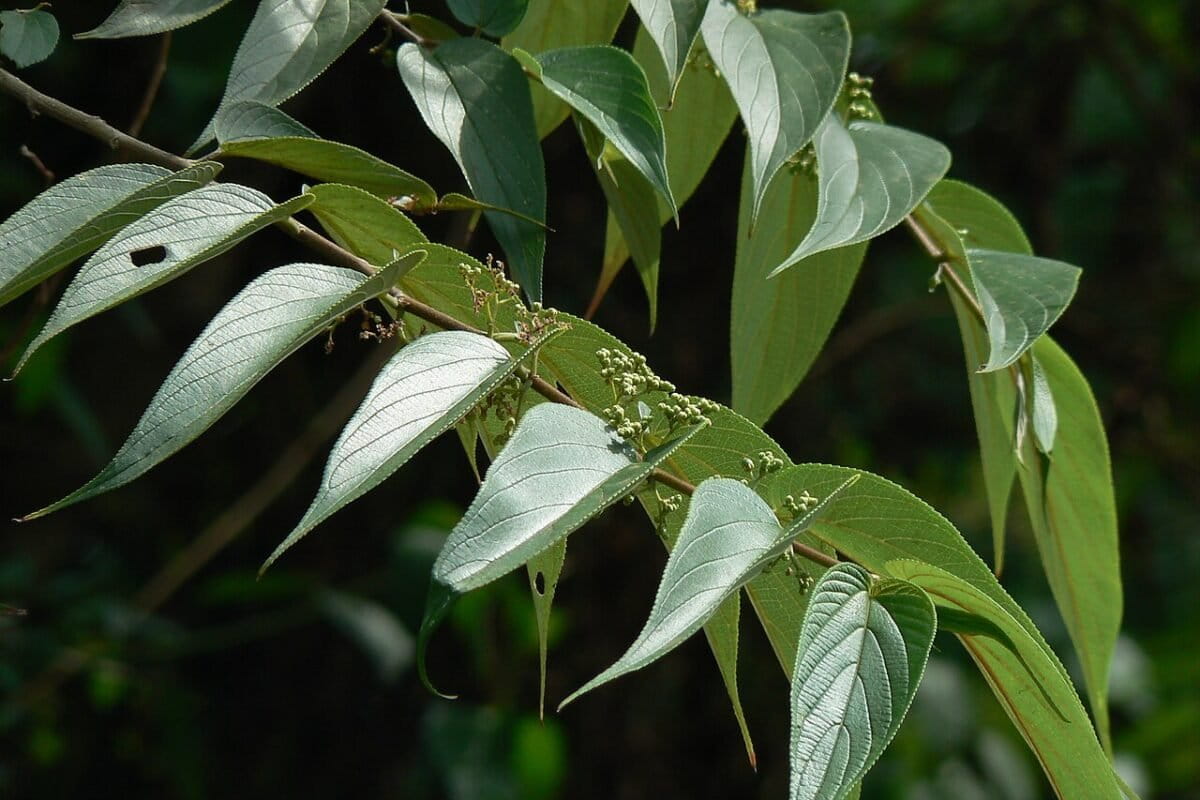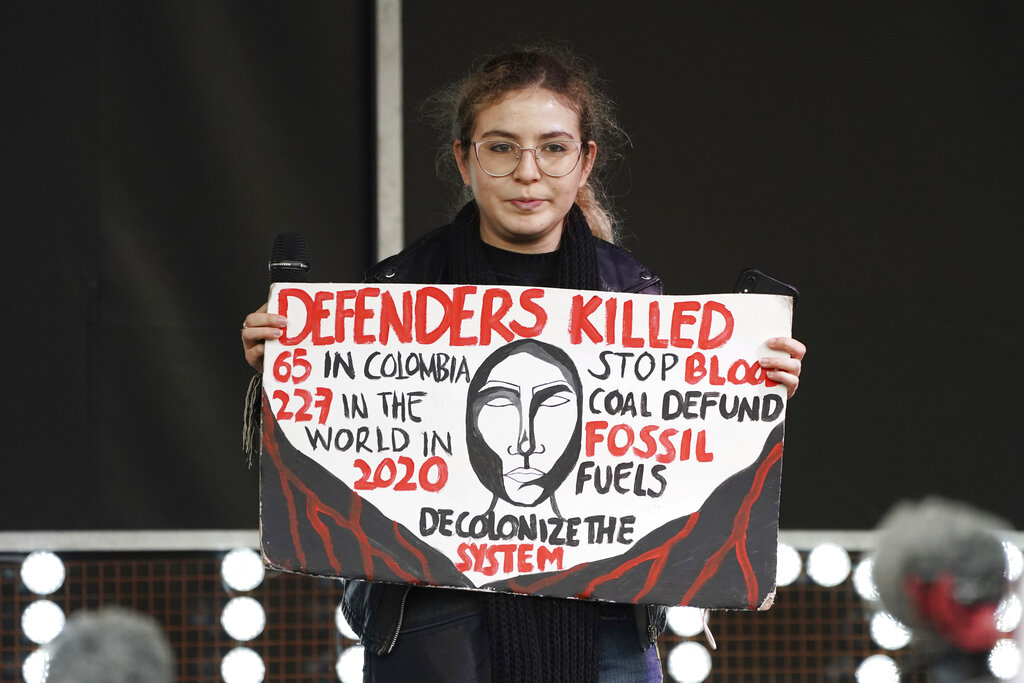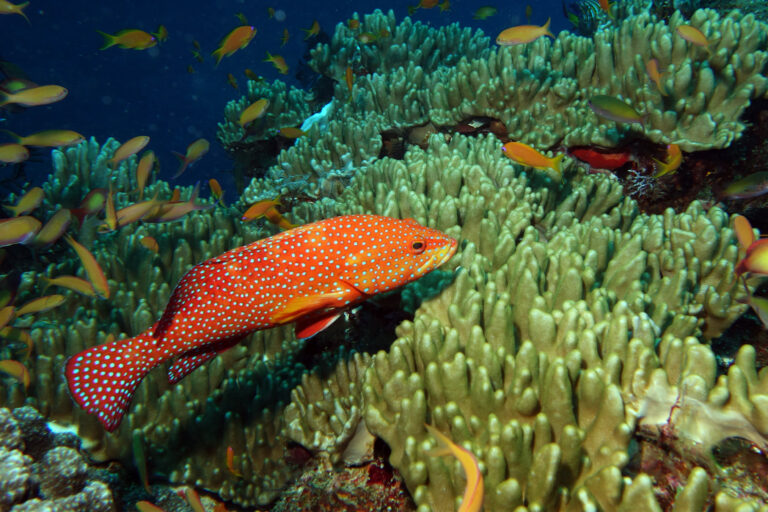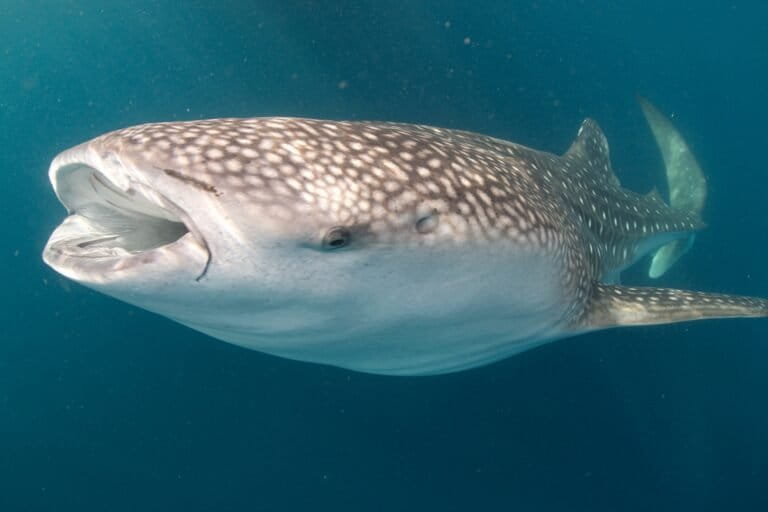- Six months since M23 armed rebels took control of provincial capitals in the eastern Democratic Republic of Congo, local activists and satellite imagery collected by Mongabay have identified sites of expanding forest loss in Kahuzi-Biega National Park.
- Researchers say this is due to collapsing conservation efforts, lack of park monitoring, and massive logging and charcoal production inside the national park. While M23 and other militias don’t produce the charcoal directly, they profit by taxing its transport and trade.
- Activists who have denounced the illegal exploitation have been harassed, attacked, or even killed. Some, like Josue Aruna, have been forced into hiding or exile after facing death threats.
- On July 19, the DRC government and M23 signed a ceasefire agreement, with conservationists saying they hope this will create conditions for restoring security in the area and halt the destruction of the rainforest.
Six months ago, the M23 rebel group seized Goma, one of the largest cities in the east of the Democratic Republic of Congo. In the time since, local activists and satellite images compiled by Mongabay have identified sites with soaring forest loss in Kahuzi-Biega National Park, southwest of Goma. In this vast area of primary forest, home to eastern lowland gorillas (Gorilla beringei graueri), researchers attribute these spikes of forest loss to the expansion of illegal charcoal production, collapsing conservation enforcement, and land conflicts.
In November 2021, the Rwanda-backed rebel group resurfaced in the DRC’s North Kivu province after nearly a decade of relative absence from the region. Events escalated in January and February 2025, when M23 launched a rapid offensive and seized control of critical areas in both North and South Kivu provinces, including the respective provincial capitals, Goma and Bukavu. These areas remain under M23 control to this day.
Beyond these major cities, the armed group also controls access to key mining zones and globally significant protected areas, such as Virunga National Park and Kahuzi-Biega National Park, both UNESCO World Heritage Sites. So far, the conflict is having a tangible impact on biodiversity by exacerbating existing conservation challenges and deforestation, researchers say.
In Kahuzi-Biega, satellite images from Copernicus, the Earth observation component of the European Union’s space program, show sharp declines in forest cover between January and July 2025. Areas that were green six months ago, covered in lush, primary forest, now show patches of bare earth. Mongabay was able to identify expanding forest cover loss in known hotspots, such as the northern tip of the highland sector, tree cover loss bleeding in from the border into the park, and new sites in the Kabare territory and near Muhonga village, where deforestation had previously been halted in 2019.
“The forest frontier in Kabare has reopened for exploitation since the M23 took control, as conservation law enforcement efforts in this region have largely ceased,” say Fergus O’Leary Simpson, a postdoctoral researcher, and Lara Collart, a doctoral researcher, both from the Institute of Development Policy (IOB) at the University of Antwerp, Belgium.
“Charcoal and timber produced in this area have been primarily supplying urban consumers in Bukavu,” they add.
They say the situation doesn’t come as a surprise, calling the affected region “an open access area.”
In a publication in the latest issue of the Gorilla Journal, the two researchers warn that M23 confiscated local eco-guards’ weapons upon arriving at the park’s headquarters in Tshivanga. According to them, this made it impossible for the guards to prevent and sanction illegal charcoal exploitation within the park.
“Much of the park’s highland sector remains highly contested, frequently changing hands between M23 and pro-Kinshasa [pro-government] militias,” they write. “It is therefore difficult to attribute the destruction of any zone of the park to any specific actor — including M23. Coupled with the fact the park is less well-known than Virunga, this reduces the incentive for M23 to prioritize its protection.”
People make charcoal from freshly cut trees, carbonizing them in artisanal kilns over the course of about a week. Every kilo of charcoal produced requires 4-10 kilos of wood. With the M23 offensive in the Kivus, hundreds of thousands of DRC residents people have been forced to flee. In July 2025, the United Nations Office for the Coordination of Humanitarian Affairs (UNOCHA) estimated that South Kivu alone hosted 1.5 million internally displaced people. Many of them rely on charcoal for cooking.
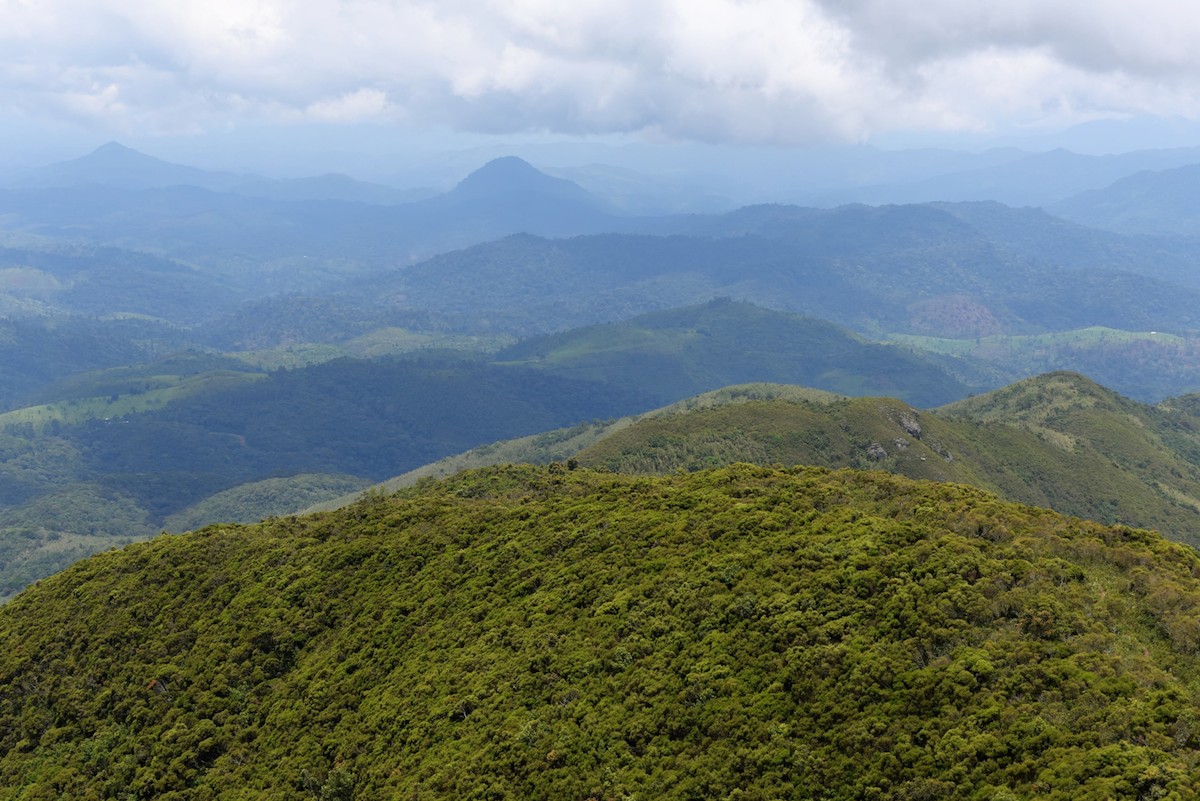
Charcoal production is also part of a trade network where some Indigenous Batwa chiefs, increasingly armed, charge Bantu people to allow them to cut wood in the park’s forests, according to local researchers who spoke to Mongabay on condition of anonymity, citing safety reasons. Many Bantu people simply go into the park themselves, they say. The charcoal is then sold at small markets along the park’s border, such as Katasomwa, Bugamanda and Buzunga. From there, it’s transported to larger markets in Kabamba and Katana, before being loaded onto trucks to be sold in Bukavu, or onto boats at Ihimbi and Kasheke ports destined for Goma’s markets.
“Neither M23 nor the Wazalendo groups” — “patriots” in Swahili, referring to the various groups opposed to M23 — “directly organize the production,” O’Leary Simpson and Collart say. “Instead, they tax key points along trade routes leading from the park, while doing nothing to curb the activity.”
Mongabay contacted the Congo River Alliance (AFC – Alliance Fleuve Congo), a political entity that encompasses the M23, about forest loss in the park and the M23’s conservation efforts but did not receive a response by the time of publication.
Death threats for speaking out
Environmental activists are sounding the alarm — at great personal risk.
“Kahuzi-Biega National Park is being systematically looted,” says Josué Aruna, a member of Stop Ecocide International and executive director of the Congo Basin Conservation Society (CBCS). “There’s the exploitation of redwood trees [Pterocarpus tinctorius] and charcoal, but also illicit wildlife trafficking — including chimpanzees being sold. If nothing is done to stop this, the park could disappear.”
Aruna has spoken out to the international community, an act that he says now puts his life in danger.
“I am no longer safe in Bukavu. They came to my office three times to try to kill me; they attempted to kidnap me but failed. My phone has been hacked, my team is constantly being followed … My sources confirmed that there’s a bounty on my head, so I live in hiding,” Aruna says.
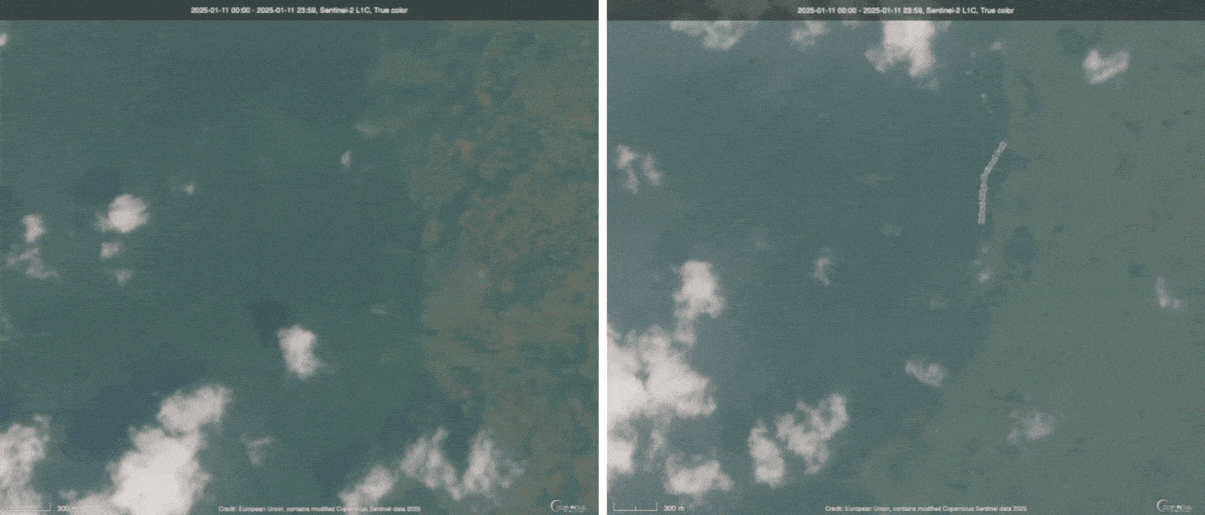

He hasn’t returned home for several months now, he tells Mongabay by phone, and frequently moves around out of fear of being killed. Those threatening him haven’t identified themselves, so he doesn’t know exactly who’s after him, Aruna adds.
“This is a time when people can settle scores quickly, using armed thugs roaming the city. My voice, and those of other environmental defenders, is one that disturbs. They want to silence it,” he says.
Since Bukavu fell under M23 control in February 2025, UNOCHA has reported widespread criminality and “several incidents of human rights violations involving armed actors… including assault and battery, kidnapping, forced marriage, and rape of minors.”
Aruna is not the only environmental and human rights defender who has had to flee since the M23 offensive. Many activists have fled to neighboring countries; for those who have chosen to stay, the situation is extremely precarious.
“Many fled to Burundi, Uganda, or Uvira,” a South Kivu city on the DRC border with Burundi, “where the government still controls the area,” says Espoir Kitumaini Kakoy, head of UMOJA-AFRICA RDC, an environmental defense organization. “Many have been kidnapped, murdered, or have disappeared. For instance, three activists from the Lucha movement” — Lutte pour le Changement, or “Fight for Change,” a human rights advocacy group — “were recently assassinated.”
Kakoy adds that “others now work discreetly. If you’re identified, you’re done — they come after us. We receive threats.”

Kakoy himself is internally displaced and in hiding. He monitors violence against human rights and environmental defenders for the United Nations Joint Human Rights Office (UNJHRO) in the DRC, mainly in North Kivu. But he says the situation is just as dire in South Kivu.
“It’s difficult to estimate how many activists have been killed since M23 took control of the region, but we continue to track and document all violations, even as we ourselves are displaced by threats,” he says.
On July 19, M23 and the DRC government signed a ceasefire agreement in Qatar. This followed a peace agreement signed in Washington, D.C., the previous month between the DRC and Rwanda, M23’s main backer. The new accord outlines further negotiations with the aim of reaching a comprehensive peace deal. Conservationists say hope this will create conditions for restoring security and halting forest destruction.
Banner image: Young Grauer’s gorilla in Kahuzi-Biega National Park, Democratic Republic of the Congo. Image by Mike Davison via Flickr (CC BY-ND 2.0)
Poaching intensifies in M23-occupied areas of Virunga National Park
Environmental & rights activists flee and hide as M23 captures DRC’s cities
Citations:
Collart, L., & O’Leary Simpson, F. (2025). Armed conflict menaces gorilla habitat in eastern DRC. Gorilla Journal, 70(1). Retrieved from https://www.berggorilla.org/en/journal/issues/journal-70-1/2025/article-view/armed-conflict-menaces-gorilla-habitat-in-eastern-drc
Urban, J., Berger, J., Botha, Y., Boafo-Mensah, G., Mkwate, A., Bentson, S., & MacCarty, N. (2025). Quantifying conversion factors for the value chain of charcoal production in Malawi and Ghana. (Master’s thesis, Oregon State University). Retrieved from https://ir.library.oregonstate.edu/concern/technical_reports/2f75rj10q
O’Leary Simpson, F., Titeca, K., Pellegrini, L., Muller, T., & Muliri Dubois, M. (2025). Indigenous forest destroyers or guardians? The Indigenous Batwa and their ancestral forests in Kahuzi-Biega National Park, DRC. World Development, 186, 106818. doi:10.1016/j.worlddev.2024.106818
FEEDBACK: Use this form to send a message to the author of this post. If you want to post a public comment, you can do that at the bottom of the page.



